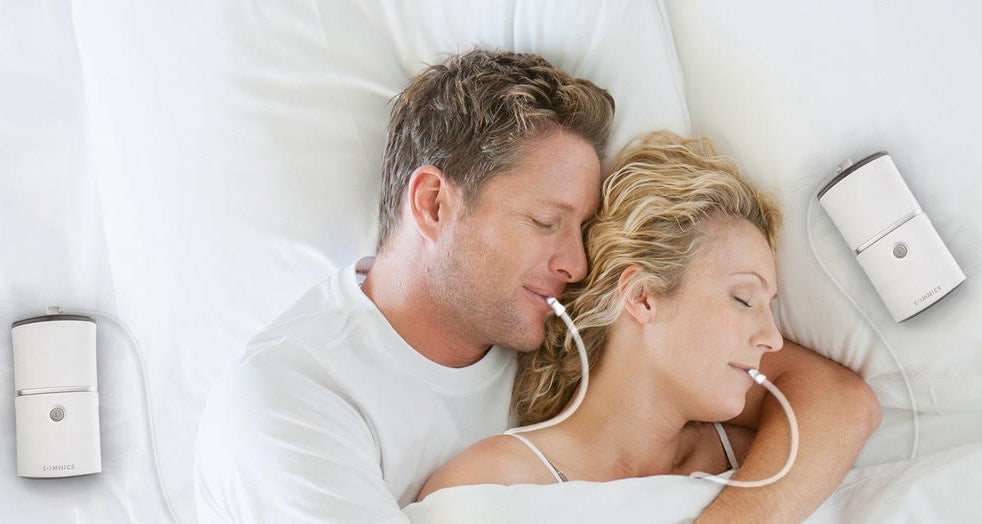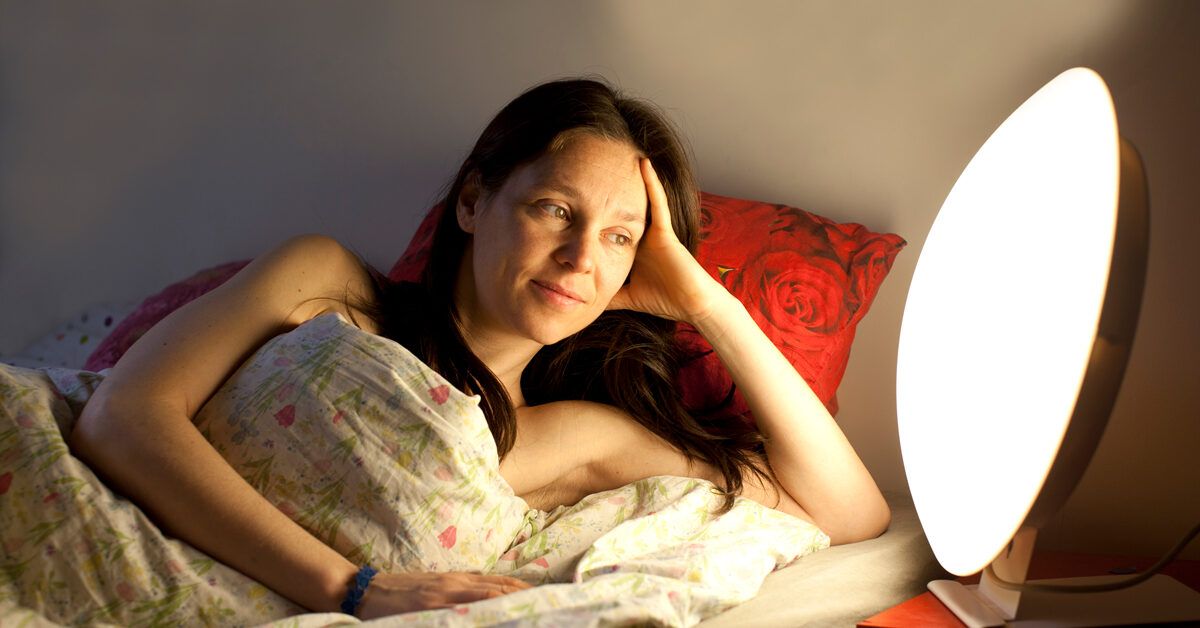Cognitive Behavioral Therapy for Insomnia (CBT-I) - Proven Methods
Cognitive Behavioral Therapy for Insomnia (CBT-I) - Proven Methods
Blog Article
Efficient Treatment Solutions for Managing Sleep Disorders and Enhancing Relaxing Rest
In the world of health care, the monitoring of rest conditions and the mission for relaxed sleep are critical elements of overall well-being. As we browse the complex landscape of sleep problems and look for to improve our sleep experience, a deeper understanding of these treatment services might hold the trick to unlocking a more relaxing and meeting corrective trip.
Cognitive Behavior Modification for Sleep Problems (CBT-I)
Cognitive Behavior Modification for Sleep Problems (CBT-I) is a structured, evidence-based treatment technique that focuses on resolving the underlying elements contributing to sleep disturbances. This kind of therapy aims to customize actions and thoughts that aggravate sleeping disorders, ultimately promoting healthy sleep patterns. CBT-I normally entails several essential components, consisting of cognitive treatment, rest restriction, stimulus control, and sleep health education.
Cognitive treatment assists people identify and change negative idea patterns and ideas regarding sleep that may be preventing their capacity to drop or stay asleep. Sleep restriction entails limiting the quantity of time spent in bed to match the person's real sleep duration, consequently raising rest effectiveness (sleep therapy). Stimulus control methods help establish a strong organization in between the bed and sleep by motivating individuals to go to bed just when sleepy and to prevent participating in boosting tasks in bed
Moreover, rest health education and learning concentrates on establishing healthy and balanced rest practices, such as maintaining a consistent sleep routine, creating a relaxing going to bed regimen, and optimizing the rest environment. By dealing with these factors adequately, CBT-I offers an efficient non-pharmacological treatment for handling insomnia and boosting total rest quality.
Sleep Hygiene Practices
Having established the structure of cognitive restructuring and behavioral alterations in addressing sleep problems through Cognitive Behavior modification for Insomnia (CBT-I), the focus currently changes in the direction of exploring crucial Sleep Health Practices for keeping ideal rest high quality and general wellness.
Sleep hygiene practices incorporate a series of routines and environmental elements that can significantly impact one's capability to sleep and stay asleep throughout the evening. Regular sleep and wake times, producing a relaxing going to bed regimen, and optimizing the sleep atmosphere by maintaining it dark, silent, and cool are crucial elements of great sleep hygiene. Limiting exposure to screens before bedtime, avoiding stimulants like caffeine near going to bed, and taking part in routine exercise throughout the day can also promote better sleep quality.
In addition, exercising relaxation techniques such as deep breathing workouts or meditation before bed can help relax the mind and prepare the body for sleep. By integrating these sleep health techniques into one's daily regimen, people can establish a healthy and balanced rest pattern that supports restful rest and general well-being.
Leisure Strategies and Mindfulness
Applying leisure strategies and mindfulness methods can play a crucial role in fostering a sense imp source of tranquility and promoting high quality rest. Additionally, led images can help transport people to a serene place in their minds, assisting in stress reduction and enhancing rest top quality.
By incorporating these practices into a bedtime regimen, people can signify to their bodies that it is time to take a break and prepare for rest. On the whole, incorporating relaxation techniques and mindfulness methods can substantially add to handling sleep problems and improving overall rest top quality.

Medicine Options for Sleep Disorders
After discovering relaxation strategies and mindfulness methods as non-pharmacological interventions for boosting rest high quality, it is crucial to consider medication alternatives for individuals with rest disorders. In instances where way of life changes and therapy do not offer adequate relief, medication can be an important device in taking care of rest her explanation disruptions.
Generally suggested drugs for rest problems consist of benzodiazepines, non-benzodiazepine hypnotics, antidepressants, and melatonin receptor agonists. Benzodiazepines, such as diazepam, are sedatives that can assist cause sleep, however they are normally recommended for short-term use as a result of the danger of dependancy. Non-benzodiazepine hypnotics like zolpidem are also utilized to treat sleeping disorders and have a reduced threat of dependancy compared to benzodiazepines. Antidepressants, such as trazodone, can be helpful for individuals with co-occurring anxiety and sleep disruptions. Melatonin receptor agonists, like ramelteon, target the body's all-natural sleep-wake cycle and can be useful for regulating rest patterns.
It is important for people to speak with a healthcare company to figure out the most appropriate drug choice based on their certain sleep disorder and case history.
Light Treatment for Circadian Rhythm Regulation
Light treatment, also recognized as photo-therapy, is a non-invasive therapy technique used to control body clocks and boost sleep-wake cycles. This therapy includes direct exposure to brilliant light that imitates all-natural sunlight, which assists to reset the body's body clock. By subjecting people to particular wavelengths of light, normally in the morning or evening relying on the desired impact, light treatment can effectively change the body clock to promote wakefulness throughout the day and boost peaceful sleep at evening.
Research has revealed that light therapy can be particularly advantageous for people with body clock disorders, such as delayed sleep stage syndrome or jet lag. It can also be handy for those experiencing seasonal depression (SAD), a kind learn this here now of anxiety that generally happens during the cold weather when natural light direct exposure is minimized. Light therapy is usually well-tolerated and can be utilized along with various other therapy methods for rest disorders to maximize outcomes and enhance general rest top quality.
Conclusion
To conclude, reliable therapy solutions for taking care of sleep problems and enhancing restful rest consist of Cognitive Behavior modification for Sleeping Disorders (CBT-I), sleep hygiene practices, leisure strategies and mindfulness, drug choices, and light therapy for circadian rhythm policy. These methods can assist people boost their rest top quality and general wellness. It is crucial to talk to a doctor to determine one of the most ideal approach for dealing with rest problems.
As we navigate the elaborate landscape of sleep disorders and look for to improve our sleep experience, a deeper understanding of these therapy remedies might hold the key to unlocking a much more refreshing and fulfilling restorative journey.
Rest restriction involves limiting the amount of time invested in bed to match the individual's actual rest duration, thus boosting rest efficiency. Consistent rest and wake times, developing a relaxing bedtime routine, and optimizing the rest setting by keeping it dark, silent, and cool are crucial parts of great sleep health. Light therapy is generally well-tolerated and can be used in combination with other therapy methods for rest conditions to optimize results and improve total sleep top quality.

Report this page